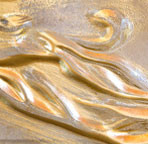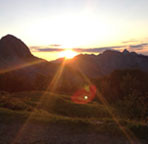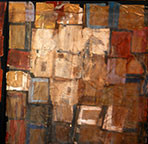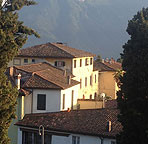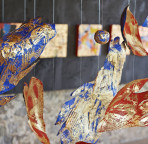Art is about discontinuity and contradiction, which is how grace is experienced in the world: an alien intrusion into a world too used to telling us that we are defined by what we do, not by what we have received (1 Cor 4:7). And so we are compelled to prove ourselves, to make something that justifies our existence to God, the world, and ourselves. But art is not just doing and making: it is first receiving and hearing. It is the devotion of one’s life to something so futile, inefficient, and in many ways useless, that it counterintuitively becomes a means of grace, a means of experiencing our humanity and individuality as a gift. —Daniel Siedell, Who’s Afraid of Modern Art?
Speaking of the implicit vulnerability of art-making, curator and art critic, Daniel Siedell, reflects on the artist’s vocation: “The history of art reveals the artist’s studio to be a place where suffering, failure, doubt, and pain are confronted, lived with, and through which meaningful work often emerges. . . . the artist’s studio connects with the universal human anxiety about the meaningfulness and value of their work, producing the manic response of exaggerated importance as well as debilitating despair. Whether or not we understand art or the artistic process, the challenges and decisions that face an artist, even an art student on a college campus, are ones with which we can identify and, in fact, help us to consider a doctrine of vocation that is cross-shaped.”
This “universal human anxiety about the meaningfulness and value of their work” may be the ground where the very existence of the artist’s work and the witness of the battle with which it is won, offers the world a redemptive response.
Comments welcome.

